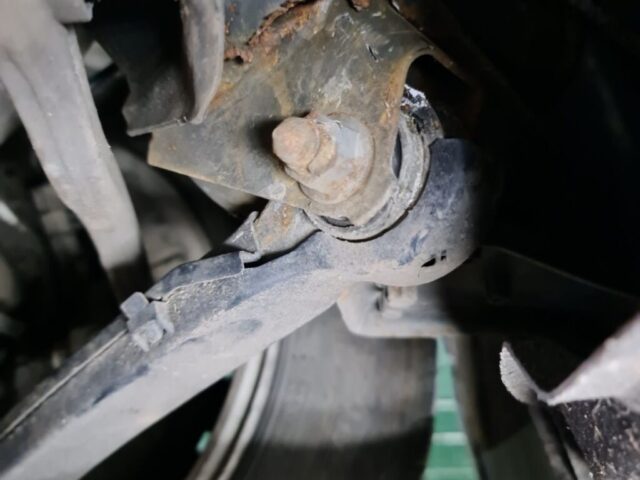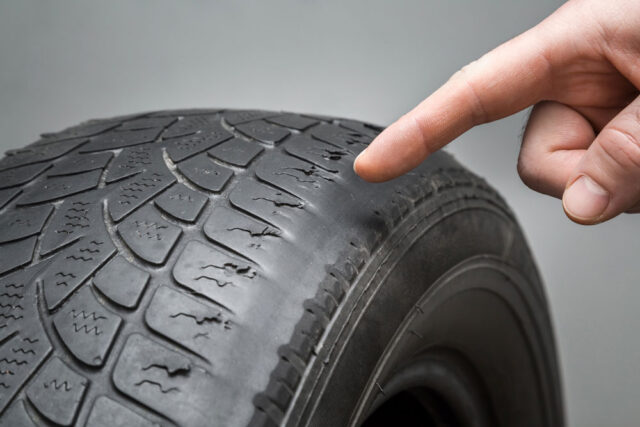Are you keeping your car safe?
Home » News and information » Are you keeping your car safe?
Here are our tips for keeping your car roadworthy and passing its MOT first time.
Did you know that according to government figures, the overall failure rate is almost a third! In the year to Jan 2020, 31.7% of class 3 & 4 (which covers the majority of private passenger vehicles) failed their initial MOT test.
Not only does MOT failure cause motorists inconvenience, but it suggests they could be unknowingly driving vehicles that are not roadworthy before their MOT test is due. This is an offence that can result in hefty fines and, more importantly, is unsafe and could endanger lives. However, with the right regular care and maintenance, there is no reason why your vehicle shouldn’t stay in good roadworthy condition and sale through its MOT each time.
Based on the government data, we have identified the 5 top categories for MOT failure and provided our tips for keeping your vehicle in good condition to help pass its MOT:
1.Lamps, reflectors and electrical equipment – 27% of failures

Over a quarter of MOT failures come under this category, which could easily be avoided with a few checks at home. We recommend you regularly:
- Switch on your lights and walk round your vehicle to check the front and back lamps are working (not forgetting the license plate light). If not, they may have blown a bulb
- When you use your indicators, do they flash as they should?
- Ask someone to check your brake lights work when you press the brake pedal
- Check whether any of your lamps have become misty or cracked
2. Suspension – 18% of failures

Almost 1 in 5 failures are caused by problems with suspension. These can be highly dangerous but are often well hidden. However, there are still things you can do to identify a potential issue:
- When you park your vehicle, does it look level?
- When you push on each corner, does it return to its normal level without bouncing up and down?
- Listen to any unusual noises (clunks) especially on uneven road surfaces or going round corners
If you experience any suspension issues, please ask us to take a look ASAP
3. Brakes – 16.8% of failures
It’s staggering to think that something so obviously dangerous causes 1 in 6 failures. Look out for the following:
- Funny noises from your brakes. This could be a sign that your brake pads are low
- Your vehicle pulling to one side when you stop
- Handbrake is unable to hold your vehicle when you are on a hill
If you experience any of the above, please get your brakes looked at ASAP
4. Tyres – 11.6% of failures

Keeping tyres in good condition is an important safety measure. With the wrong pressure or low tread, your stopping distance will be severely impaired and you could potentially experience a blow-out.
Ask us to show you how to check your tread – it should be a minimum 1.6mm across all three quarters.
Proper wheel alignment will also reduce tyre wear and extend the life of your tyres – find out more
5. Visibility – 8% of failures It’s no surprise that a driver must be able to see clearly to drive safely.
Check your windscreen regularly for cracks and chips in the driver’s eyeline and ensure your windscreen wipers are working properly, the rubber is undamaged and your windscreen wash is regularly topped up. Your mirrors should also be in good working order.
Don’t’ forget these other common failures:
Vehicle Identification: Your registration plate must be fully visible to other drivers. A broke light or a crack can make the plate illegible and cause failure
Noise, emissions and leaks: Regularly check your vehicle for any rust, corrosion or any missing parts that could cause any leaks or issues with your exhaust.
Seatbelts and restraints: Seatbelts should be in good working order with no knots and tangles preventing them from functioning correctly.
Steering: Check your power steering fluid has not reached its minimum level.
If you have any concerns about your vehicle’s condition or safety, please call 020 8977 5865 as we can advise on all of the above. It’s always better to be safe than sorry and never hurts to talk.
Published: 07/05/21
Categories: Blog
